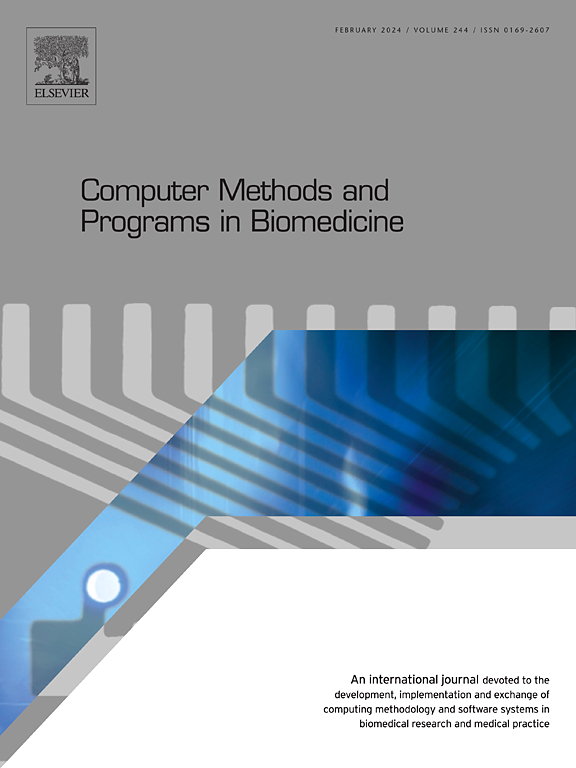A multi-layer EEG fusion decoding method with channel selection for multi-brain motor imagery
IF 4.9
2区 医学
Q1 COMPUTER SCIENCE, INTERDISCIPLINARY APPLICATIONS
引用次数: 0
Abstract
Traditional motor imagery-based single-brain computer interfaces(BCIs) face inherent limitations, such as unstable signals and low recognition accuracy. In contrast, multi-brain BCIs offer a promising solution by leveraging group electroencephalography (EEG) data. This paper presents a novel multi-layer EEG fusion method with channel selection for motor imagery-based multi-brain BCIs. We utilize mutual information convergent cross-mapping (MCCM) to identify channels that the represent causal relationships between brains; this strategy is combined with multiple linear discriminant analysis (MLDA) for decoding intentions via both data-layer and decision-layer strategies. Our experimental results demonstrate that the proposed method improves the accuracy of multi-brain motor imagery decoding by approximately 10% over that of the traditional methods, with a further 3%–5% accuracy increase due to the effective channel selection mechanism.
求助全文
约1分钟内获得全文
求助全文
来源期刊

Computer methods and programs in biomedicine
工程技术-工程:生物医学
CiteScore
12.30
自引率
6.60%
发文量
601
审稿时长
135 days
期刊介绍:
To encourage the development of formal computing methods, and their application in biomedical research and medical practice, by illustration of fundamental principles in biomedical informatics research; to stimulate basic research into application software design; to report the state of research of biomedical information processing projects; to report new computer methodologies applied in biomedical areas; the eventual distribution of demonstrable software to avoid duplication of effort; to provide a forum for discussion and improvement of existing software; to optimize contact between national organizations and regional user groups by promoting an international exchange of information on formal methods, standards and software in biomedicine.
Computer Methods and Programs in Biomedicine covers computing methodology and software systems derived from computing science for implementation in all aspects of biomedical research and medical practice. It is designed to serve: biochemists; biologists; geneticists; immunologists; neuroscientists; pharmacologists; toxicologists; clinicians; epidemiologists; psychiatrists; psychologists; cardiologists; chemists; (radio)physicists; computer scientists; programmers and systems analysts; biomedical, clinical, electrical and other engineers; teachers of medical informatics and users of educational software.
 求助内容:
求助内容: 应助结果提醒方式:
应助结果提醒方式:


